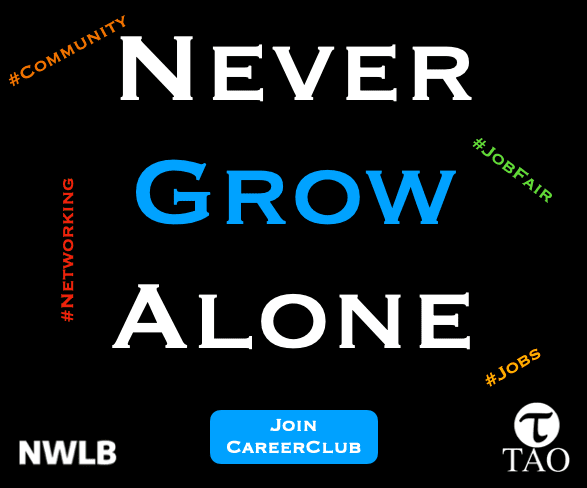The transition from military to civilian life is a pivotal phase for any service member, but for female veterans, the journey is often layered with unique hurdles that go unseen and unaddressed. Despite the growing presence of women in the military, their path to assimilating into civilian jobs is fraught with challenges that can impede their progress.
As they swap their uniforms for business attire, female veterans encounter a working world that may not fully recognize or value their military experiences. Their leadership skills, honed in some of the most challenging environments, often go overlooked due to gender biases still prevalent in hiring practices. This is particularly evident when it comes to the underrepresentation of female veterans in leadership roles within the corporate sector.
But the bias is more than just a hiring issue; it is a systemic one. The support systems that exist are largely designed by and for their male counterparts, leaving female veterans without the targeted resources they need to navigate the nuances of their new professional landscape. This includes mentorship from those who have a keen understanding of their specific journey, access to networks that can aid their career progression, and resources that address the intersectionality of being a woman and a veteran.
Some companies have begun to recognize the value and perspective that female veterans bring to the table, and are actively working to cultivate environments that foster inclusivity. From establishing veteran affinity groups to implementing hiring initiatives aimed at veterans, there are shining examples of efforts to bridge the gap. Yet, these are exceptions rather than the rule.
The real question is: are traditional workplace cultures prepared to fully embrace and leverage the unique skills of female veterans? The answer lies in not just applauding their past sacrifices but also in investing in their future potential.
Concrete steps such as unbiased recruitment processes, targeted leadership development programs, and inclusive company cultures that value diverse experiences are just the beginning. The support that female veterans receive should be as multi-faceted as their identities and experiences.
This exploration is more than an assessment; it is a call to action. A call for society, businesses, and government agencies to join forces in dismantling the barriers that female veterans face. Through such a collaborative effort, we can work towards a workforce landscape that is not only diverse but also equitable—one where the glass ceiling is not just cracked, but shattered.
Ultimately, the success of female veterans in the civilian workforce will be a telling indicator of our society’s progress towards true equality. The time has come to move from recognition to rectification, from passive acknowledgment to active empowerment. As we share these stories and strategies, we lay the groundwork for a more inclusive future, one in which every veteran, regardless of gender, can thrive after service.







